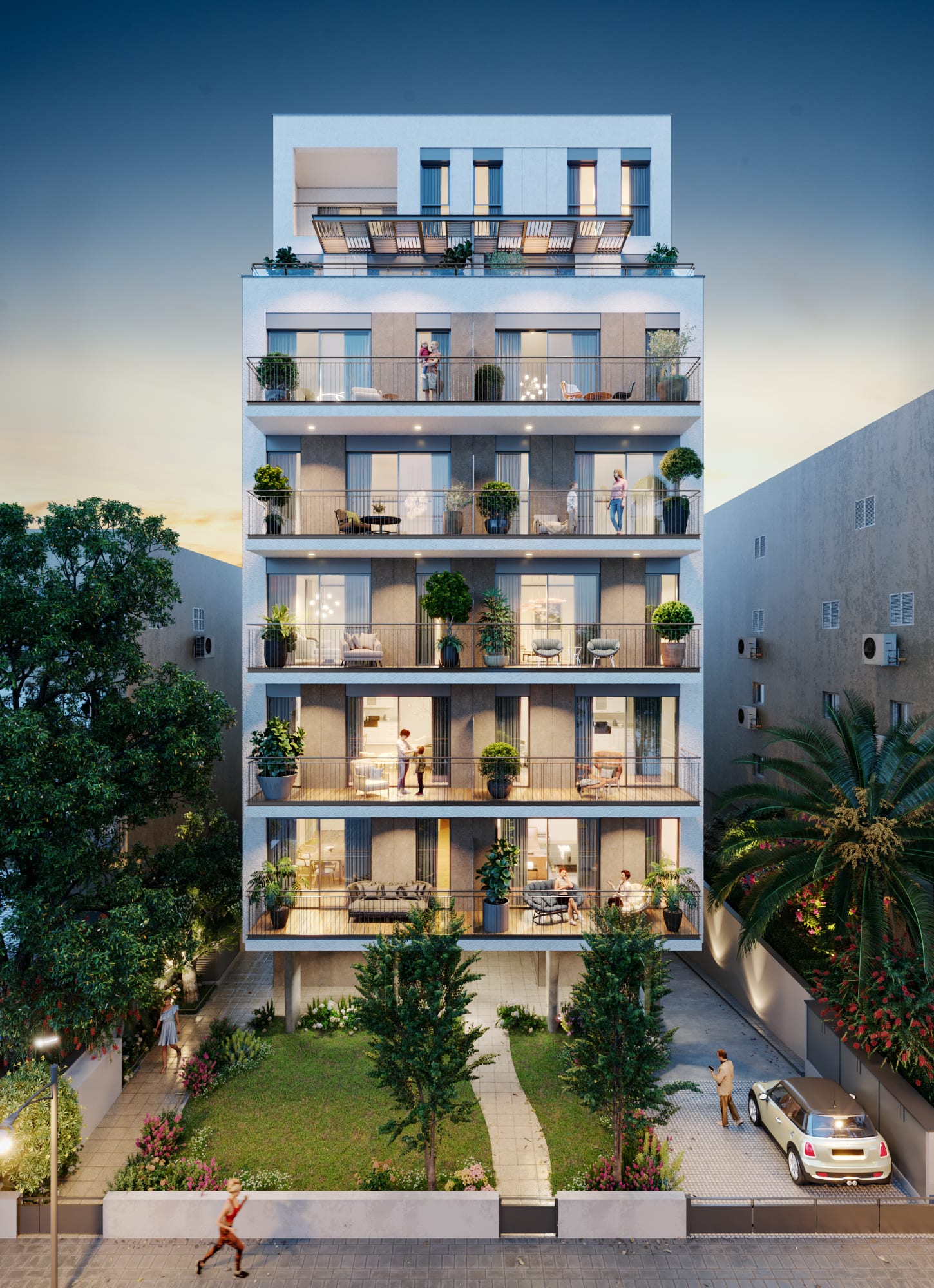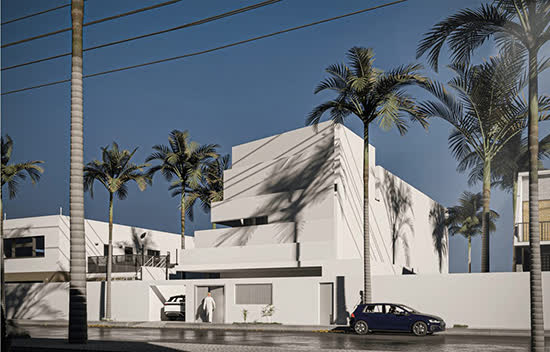Realism in architecture
Realism in architecture,
The built environment is the buildings, bridges, roads, parks, and all things around us that are designed by architects.
Some of these things are made of bricks, some of them are wood, and some of them are concrete,
and over time the architecture develops organically and becomes more realistic.
Realism in architecture is the answer to the subjectivity and freedom of romanticism and its many tributaries,
bringing it back to what it was before classicism.
And that is through her research on functionalism, and the subordination of form to functionalism without being bound by templates that mimic and flirt with nature.
It became different from classicism in that it elaborated the mass on the model of nature in a strict and restrictive manner,
and it also differed with Romanticism in its reversal of the original rules.
And he took from functionalism and utilitarian rules an introduction to the rule of simulation of nature.
We now find realistic schools and models in modern and contemporary models,
which are most important features are simplicity, consistency and harmony between the elements of mass and surroundings, diversity, frankness of blocks,
and devoid of details or increases and costs.

Realism in architecture
It was strongly concerned with functionalism, and the formulation of blocks on molds that were placed by man himself and not from nature,
so that we find modern schools that formulate the architectural block and its elements, using very new models and patterns.
Whether it is in terms of form or content, then the module (internationalism) appeared,
which simply an example is when designing a hotel project a regular grid is created.
In which the dimensions of the unit represent the dimensions of the hotel room with all its benefits and inclusions,
and the required number of repetitions of this module is chosen.
We can also find core projects designed in the form of a digital computer.
The building is a computer that users enter.
This is in addition to the utilitarianism of the products of civilization and modern technologies,
using modern building materials and construction tools, and even the introduction of highly accurate construction and management systems and programs.
Realism in architecture
There is clearly a fundamental difference between architecture and literature.
In literature, realism is about depicting characters and events that could actually exist.
Whereas in architecture, realism refers to focusing on function and utility,
being realistic in architecture means basing one’s aesthetic approach on the basic requirements of a building, such as structure, function, space needs, material properties, costs, etc.
The expressive content of the building must be based on realistic elements,
not on some preconceived visual plan that has nothing to do with the function of the building.
In order for the architect to practice Romantic Realism, Romanticism in architecture involves the transcendence of essential utility.
And in order to arrange spaces, structure and materials with shapes and qualities that evoke a sense of ambition, order and beauty.
On contrast, some architects are “idealist”, that is, they refuse to do things functionally with human comfort in mind.
Idealism is the subjective focus on “pure forms” without regard to whether forms lead to functional spaces.
They also reject evocative architectural qualities, as they have a fixed idea of the pure form that interests them (for example, squares, curves or swirls).

It is not entirely important to them whether the shapes evoke sensational or dramatic feelings in the occupant; much of this architecture is cold and tacky and lacks any aesthetic emotion.
You may like: Water architecture and its relationship to Islamic architecture




